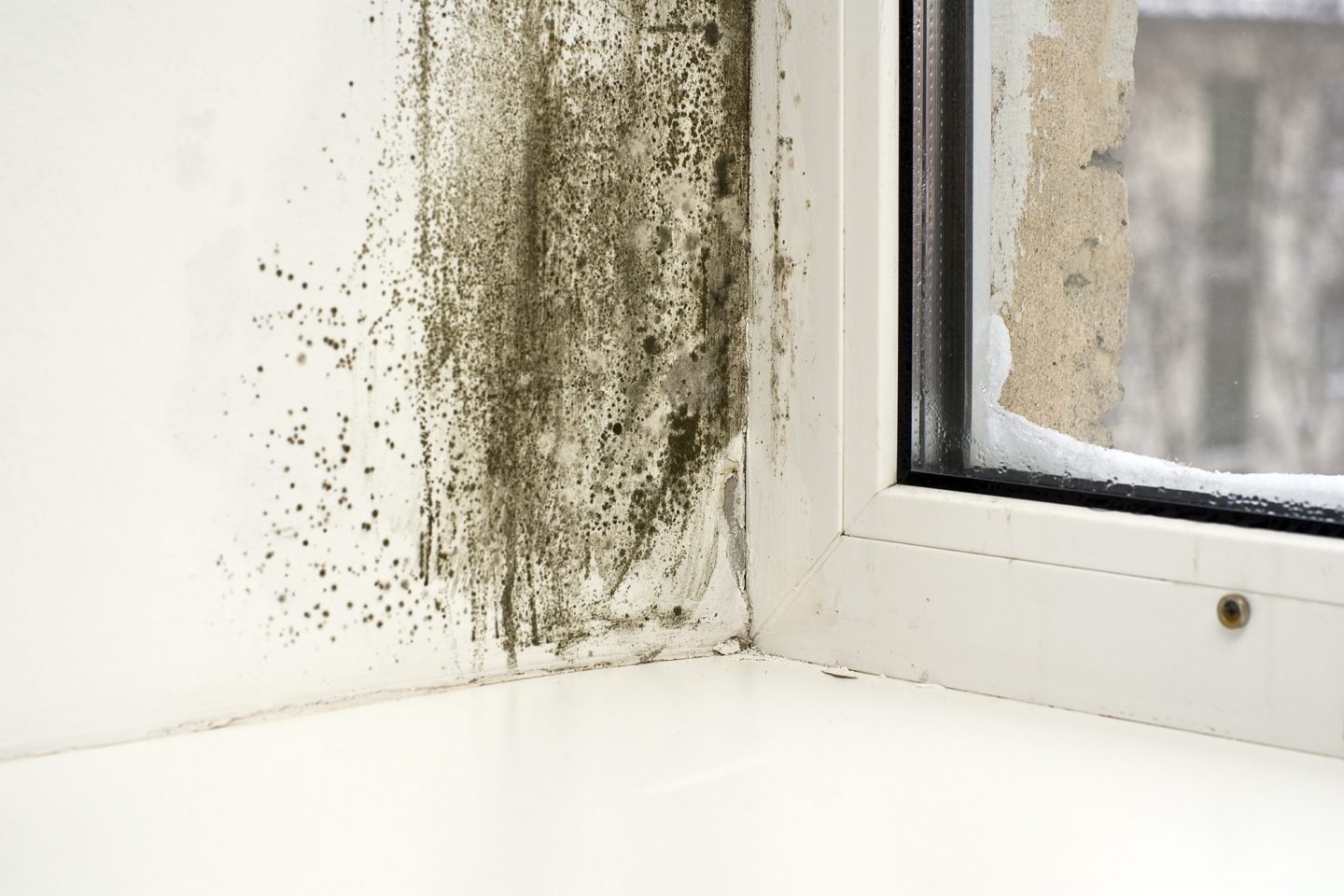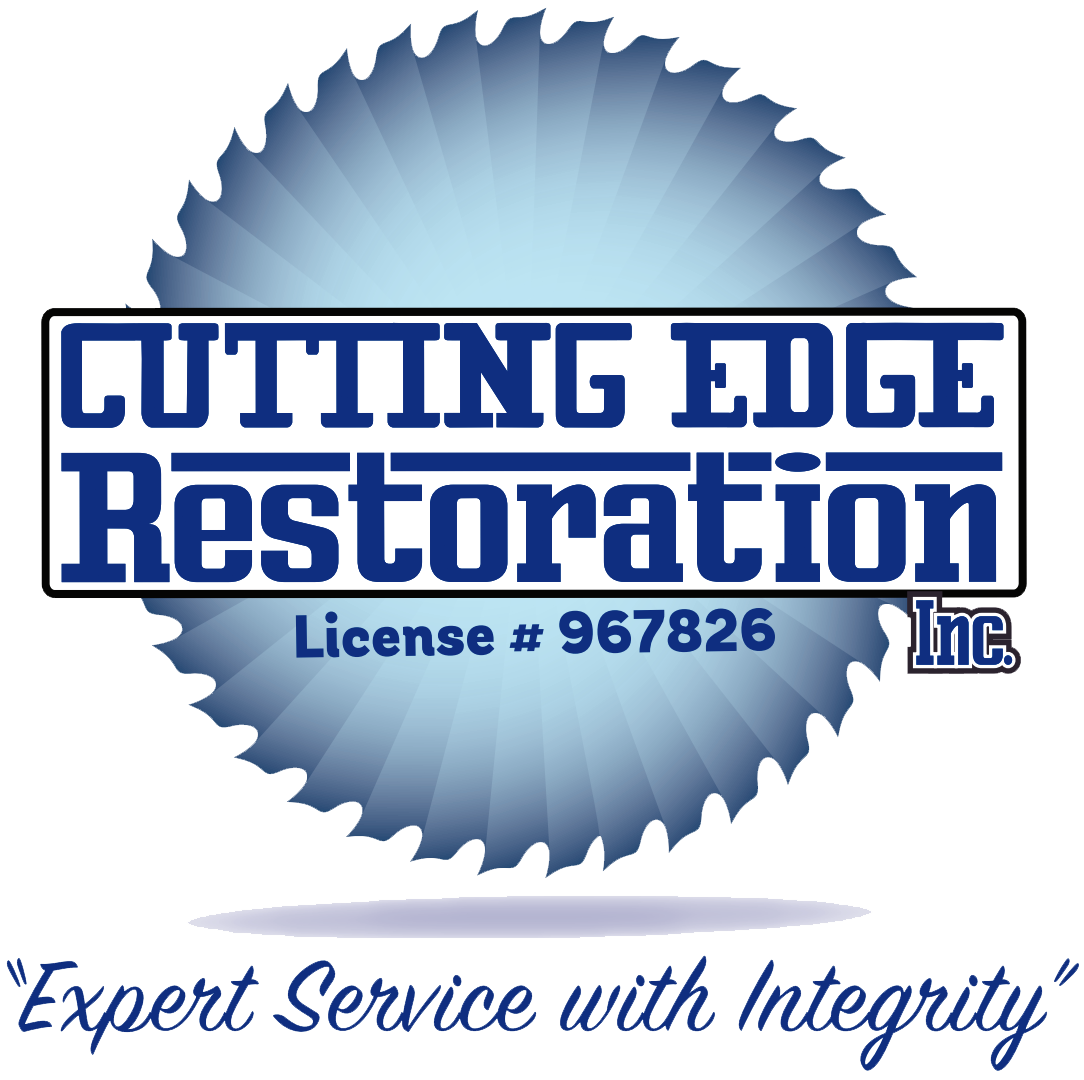
About 98% of all American basements will experience some level of water damage. Whether it happens from natural disasters, appliances, damaged pipes, or structural damage, the water creates optimal conditions for mold growth.
Mold can grow in a matter of hours and cause a number of problems. Read on to learn the dangers of this fungus and how to prevent mold after water damage.
Mold Damage
When mold grows in the home, it appears unsightly on ceilings, walls, floors, and objects. You can wipe off the spots that look bad, but this does not take care of the problem.
Much of the mold growth probably occurs from inside the walls or beneath the carpets, as it likes dampness and darkness. As house mold grows, it eats away at the structures, like carpet, wallpaper, drywall, and wooden beams, causing reputable damage to your home.
Health Problems Caused By Mold Growth
Mold grows naturally and breaks down detritus. You are actually exposed to mold every day from all around you.
Not everybody suffers from mold exposure. Young children, older adults, and people with compromised immune systems hold greater risk.
So, why should you worry about it growing in your home?
Allergies
Mold spores can cause allergic reactions in people when they become airborne. The symptoms can reduce your quality of life.
They may include:
- Watery eyes
- Runny nose
- Itchy throat
- Coughing
- Wheezing
- Skin rash
The allergy symptoms typically go away when you end exposure to the mold.
Asthma
Mold can pose a danger for asthmatics. Though mold may not actually cause asthma, it can trigger the onset of an attack. An asthma attack can turn deadly without prompt access to the inhaler.
Hypersensitivity Pneumonitis
Tiny mold spores can circulate through the air without you even knowing. They easily enter the airway and lungs through inhalation.
Since they do not belong there, they can irritate the lung tissue and create swelling known as hypersensitivity pneumonitis. This can lead to scar tissue, creating serious lung damage and chronic breathing problems.
How to Prevent Mold After Water Damage
When you cannot prevent water damage, stop mold growth before it begins. This will keep you and your family safe.
Dry up water promptly. After wiping wet areas, commercial fans ensure that everything in the area dries completely. Only drying them on the surface will lead to mold growth from the inside.
You may need to part with items that received water damage to keep your home safe. Couches, carpets, and other items that soak through may not dry quickly enough to prevent mold from growing. You absolutely must part with these items if they are touched by brown or black water.
Replace soaked drywall. It may seem pricey but will save you money in the long run, as mold removal uses an abundance of resources.
Keep Your Home Safe
You cannot always prevent disasters, but you can handle them proactively. When flooding occurs, keep your home safe from the damage and dangers of mold. Use this guide to learn how to prevent mold after water damage.
Do you suspect mold? We want to help you keep your home safe and beautiful. Contact us today for your free moisture inspection.
